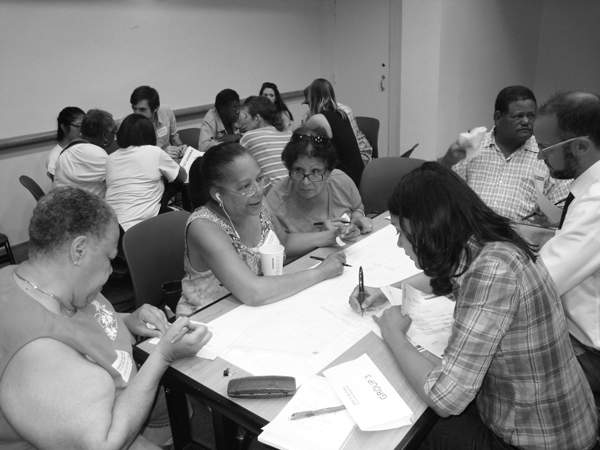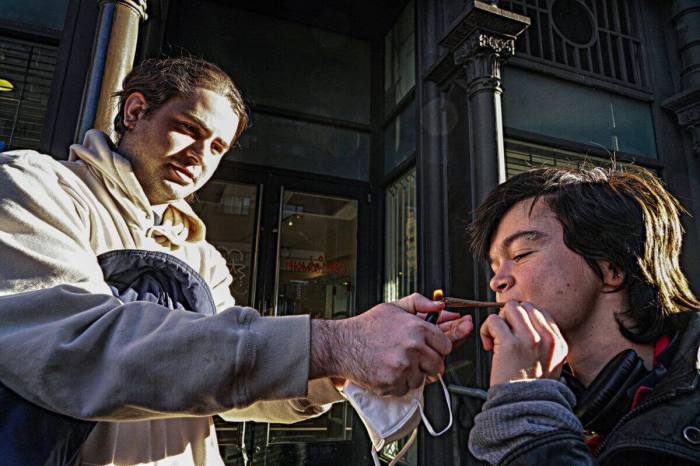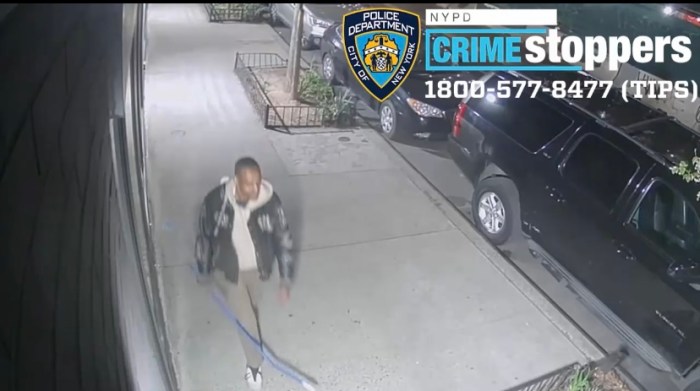
The meeting was held at the Hamilton Fish Public Library, 415 East Houston St. The participants were invited to comment on the preliminary “River to the People: The East River Blueway Plan.” In the making since September 2011, the plan is sponsored by Borough President Scott Stringer, Assembly Speaker Sheldon Silver and Assemblymember Brian Kavanagh, the New York State Department of Coastal Resources, Community Boards 3 and 6 and the Lower East Side Ecology Center.
The proposal, funded by a state grant obtained by the Manhattan Borough President’s Office, aims to provide greater public access to the river from the Brooklyn Bridge to E. 38th St. for recreational, educational and environmental activities.
Among other ideas, the concept calls for beautified walkways, canoeing and kayaking areas, designated fishing areas, restaurants, food vendor stations, ferry service — and other innovations, such as rain gardens, a saltwater marsh and even floating swimming pools in the East River.
The workshop was specifically geared to residents of New York City Housing Authority (NYCHA) developments who live adjacent to the river in the vicinity of East Houston St.
Residents offered ideas for their section of the river, from a band shell for concerts and theater performances to more picnic, barbeque, skateboard and rollerblade areas and even a beach or two.
WXY Architecture and Design, based at 224 Centre St., is the firm that was selected to create a master plan for the roughly 3.5 miles of riverfront. Adam Lubinsky, the firm’s managing principal, said this would be the “last preliminary meeting” with local residents who live along the river before a working plan is developed sometime in October.
“By October we will have a plan and some designs for what we want to do for the future of the East River,” he told the meeting. “Right now we want to focus on people who can walk to the river, and that’s why we’re here tonight — we really want your ideas on specific places along the river.”
Lubinsky explained that this was the third meeting in the Community Board 3 area, and that there have been four other forums and workshops meeting with his firm, elected officials and residents who live in Community Board 6, which extends north of 14th St.
He noted that one of the biggest obstacles to accessing the riverfront was the lack of crossings to get there. He said East River Park had only half the number of street crossings — including underpasses, overpasses and street-level crosswalks — as Hudson River Park does.
Lubinsky added that even the current entranceways to the riverfront were in dire need of improvement.
“The South St. entrance has cars flying off F.D.R. Drive and we need to find a way to slow them down,” he said. “The Delancey St. overpass is not pleasant and is not handicapped accessible.
“The Houston St. entrance is dangerous to cross, with poor lighting at night and cars shooting by,” he continued, “while the E. Sixth St. overpass doesn’t get you easily to the water. The E. 10th St. overpass is also not connected to the waterfront and activity areas.”
The urban planner said there were three goals for the East River Blueway Plan. The first was to reimagine the waterfront and what could be done along the river’s edge.
“What we want to do,” he explained, “is improve the quality of the esplanade and other walkways so people can have a nice peaceful walk around the river. Now, the walkways stop and start. There are big gaps to get down to the water.”
The second goal, he said, was to make access to the river easier, and the third, to see if the water along the shore could be made cleaner for activities such as swimming, canoeing and kayaking.
“We want to make sure the water is clear, the air is pure, that it’s quiet and that there be an environmental sensitivity,” he said. “What if, for example, the ball fields now there could have chambers under them to store rainwater to prevent flooding, or if each of the bridges to the park had gardens and little food stands?”
Also speaking at the meeting was Assemblymember Brian Kavanagh.
“Our office wants to bring some significant thoughtfulness to this project,” he told the residents. “We want to review how we can best use our river by getting out to the community and talking about ideas. This is why we want your input. It fits into an effort that is going on all over the city to improve all our riverfronts.”
At the meeting, residents broke off into small focus groups to indicate their priorities for the re-creation of the park.
Charlotte Miles, president of the tenants association at Lillian Wald Houses, where she has lived for 63 years, said it was “about time” that elected officials began to pay attention to East River Park.
Francine McDuffie, a Lillian Wald resident for 57 years, reviewed a map of the park and suggested locations where she would like to see picnic areas created for adults and rollerblading and skateboard areas for youths.
Baruch Houses resident Thomas Mason said he wanted to see designated fishing sections along the river, ferry service, swimming pools and better signage pointing to the public restrooms.
Other residents told the urban planners they were weary of flooded walkways when it rained and speeding bicyclists who make it dangerous to use the walkways. Among other ideas floated at the meeting by local residents were bike-share stations, rain gardens, mini-bus transport, a boathouse and noise barriers to block out the sound from the F.D.R. Drive.

















